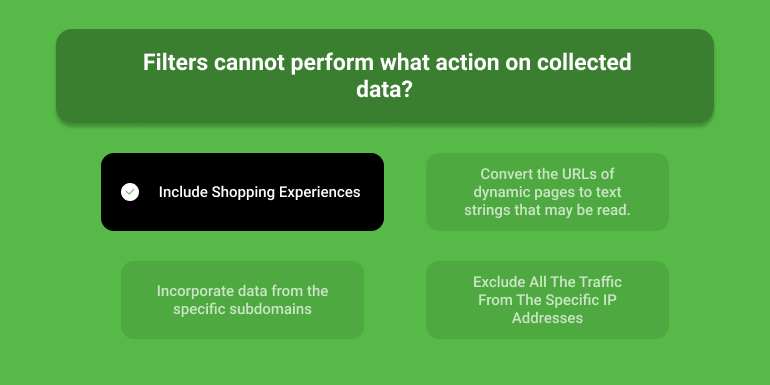How To Know If Someone Blocked You On iMessage? 5 Secret Hacks!
Apr 16, 2025

Apr 16, 2025

Apr 16, 2025

Apr 15, 2025

Apr 11, 2025

Apr 11, 2025

Apr 11, 2025

Apr 08, 2025

Mar 29, 2025
Sorry, but nothing matched your search "". Please try again with some different keywords.


Question: What report compares metrics based on user acquisition date over a series of weeks?
Answer: Custom Dimensions.
Here is another Google Analytics personal test questions and its answer. If you want to pass the Google Analysis individual qualification exam, then you need to be able to answer similar questions like the one answered here.
Although the answer to the question raised in this topic here is answered, you may need an explanation of the same. Go through this article below to get a complete explanation of the question and the answer mentioned here.
Through Cohort analysis, you can understand the behavior of different component user groups apart from the user population as a whole. Examples of how cohort analysis can be used include how you can see the behavior and the performance of the individual user.
However, if you want to know a little more about cohort and cohort analysis, you need to follow the sections below.
Read More: What Channel Is Not Included In The Default Channels Report?
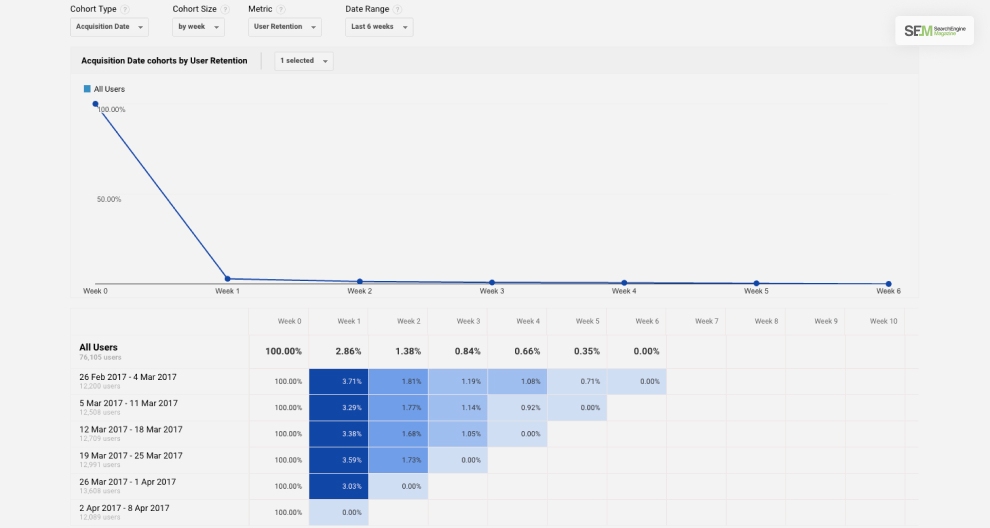
The cohort is a process of grouping people together based on the date starting from their first appearance on a particular website. For example, if a visitor visits a particular website on the date of 25th April, they are part of the 25th April’s Cohort, the cohort of the month of April, and the fourth week of April.
This will make the visitor part of different cohorts in the month of April. The cohort starts when the website first acquires the visitor. However, you will not become part of the cohort for the month of May.
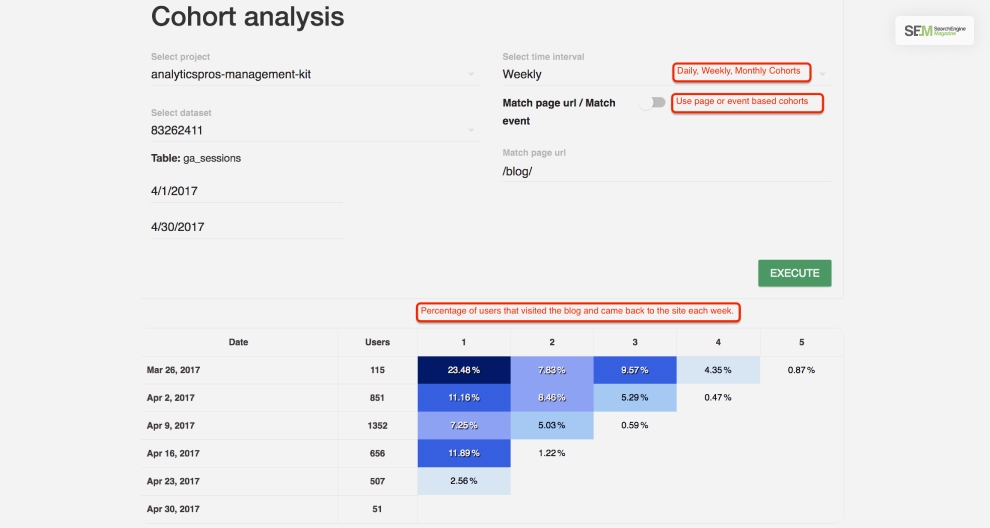
Cohort analysis allows marketers and businesses to analyze the behaviors of their customers by looking at them as different groups of people. It helps analyze how the behaviors of different people differ over time.
When a marketer sends an email to 100 audiences, only a few of them purchase on day 1. Another few of them were purchased on day 2 and day 3, respectively. But when the email is sent to 100 audiences weeks later, some of them buy on day 0. Through cohort analysis, you can analyze these people based on how and when they were acquired. It also helps determine how their opinions and their behaviors change over time.
You can gain different insights, such as – the first email might help you gain better conversions. But the audience purchasing in the second week may have a higher chance of retention.
You will gain insights on different metrics such as – retention, engagement, acquisition, response to trends and marketing, etc.
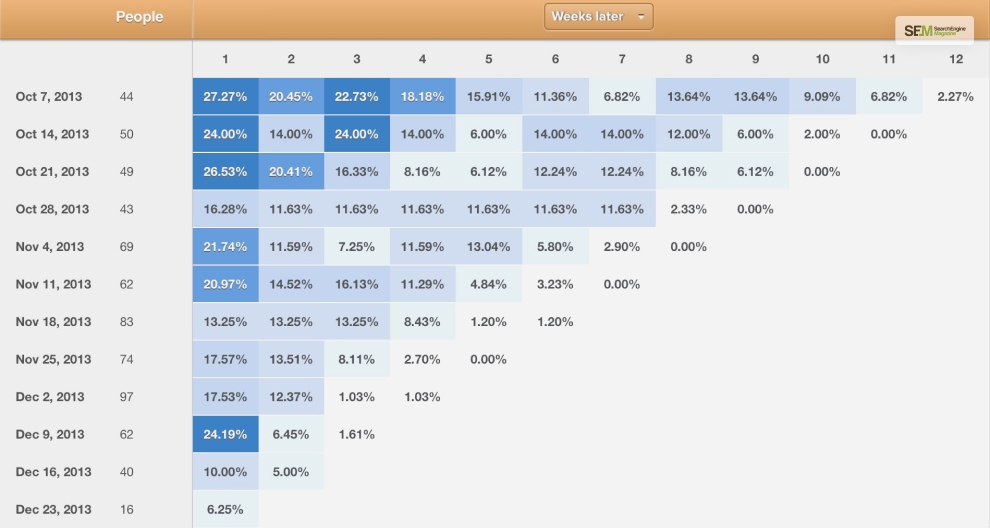
As you may have already understood, cohort analysis has a huge effect on customer engagement, retention, and various other aspects. However, this analytic technique has a far-reaching effect on your digital marketing campaigns.
Brick-and-mortar stores change, and so do the websites. If you are doing things right, these changes might occur more often than usual. These changes also affect the user’s behavior on your website. Using cohort analysis, you can track and isolate the effect the change in your website had on the users.
I have listed different factors here so that you can identify what might change the user behavior on the website.
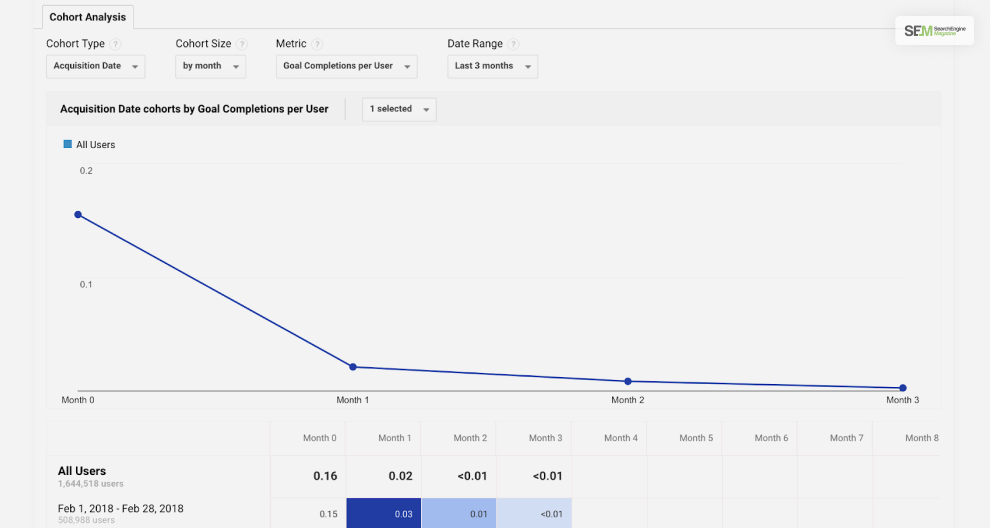
Theoretically, cohort analysis is beneficial. However, it is not without its limitations. There are many limitations of cohort analysis on Google Analytics. Here are some of the limitations of their practices –
Firstly, your cohorts can be grouped based on any characteristics that your audiences share. But the cohort analysis report on Google Analysis can only define cohorts using their acquisition dates.
Secondly, Google Analytics nowadays allows users a feature to track returning users and user retention. As an example, if a user visits a business website, it will be able to recognize and register the user when they visit the website again.
However, there are some cases in terms of which Google Analytics will be unable to track the user’s return to your website. Here are some of those cases –
Thirdly and lastly, there are anomalies with confounding variables. We have already discussed this before, and according to that, it is helpful to overlay your cohort metrics using a marketing calendar to view how metrics change with different marketing activities.
Read More: What Feature Must Be Enabled To Use Multi-Channel Funnels?
Before we conlcude, here are answers to the frequently asked question by audiences.
Problems might be keeping user information safe, correctly giving credit to where the users come from and always knowing new trends in online marketing. This means businesses have to change things up so they’re not left behind.
Data about getting users helps marketing plans. It shows where useful people come from, lets you use budget money wisely and makes businesses change their campaigns for big effect.
Yes, looking at user getting information helps find out what makes some users more likely to stay longer. This allows companies to improve keeping their customers happy tactics.
When people have good experiences with a product or service, they are more likely to use it and share it with others. This makes the firm gain more users successfully.
Until recently, it was a tricky task to do cohort analysis on Google Analytics. The process consisted of setting a custom dimension with the acquisition date of the user.
According to this process, we can say that the answer ‘custom dimension’ is the right answer for the question raised here.
I hope that this article was helpful. However, if you have any additional queries, you can let us know through the comment section.
Read Also:
Shahnawaz is a passionate and professional Content writer. He loves to read, write, draw and share his knowledge in different niches like Technology, Cryptocurrency, Travel, Social Media, Social Media Marketing, and Healthcare.
View all Posts
How To Know If Someone Blocked You On iMessag...
Apr 16, 2025
7 Website Design Mistakes That Are Hurting Yo...
Apr 16, 2025
Programmable Dynamic SEO for Location-Based P...
Apr 15, 2025
Google Boba Game: How To Play This Fun Game B...
Apr 11, 2025
Which Is The Best Video Search Engine Of 2025...
Apr 11, 2025